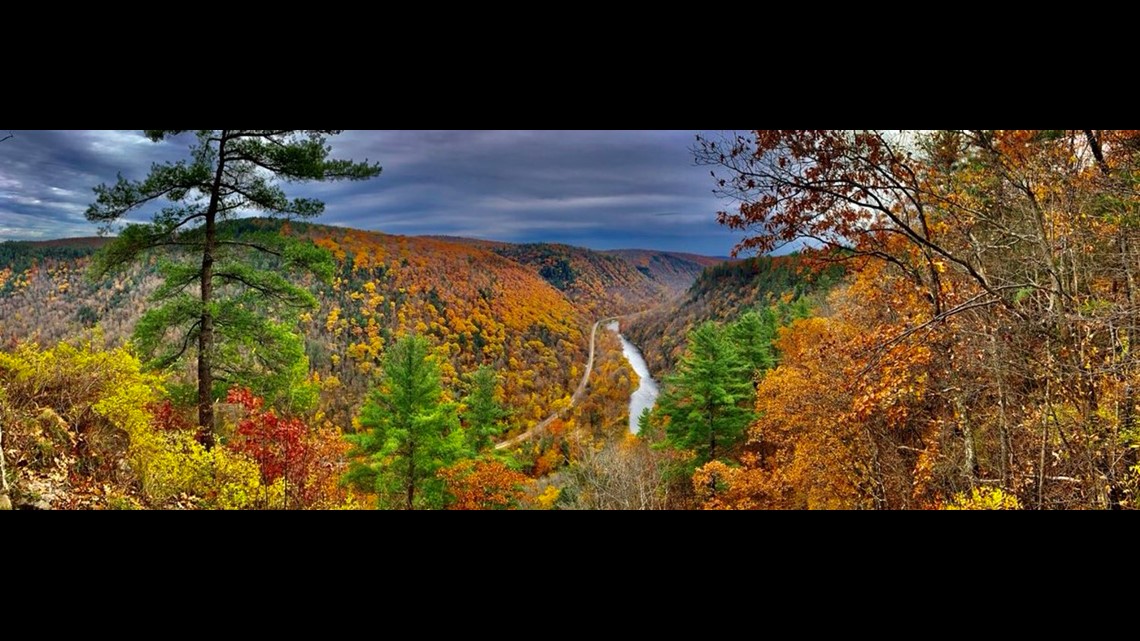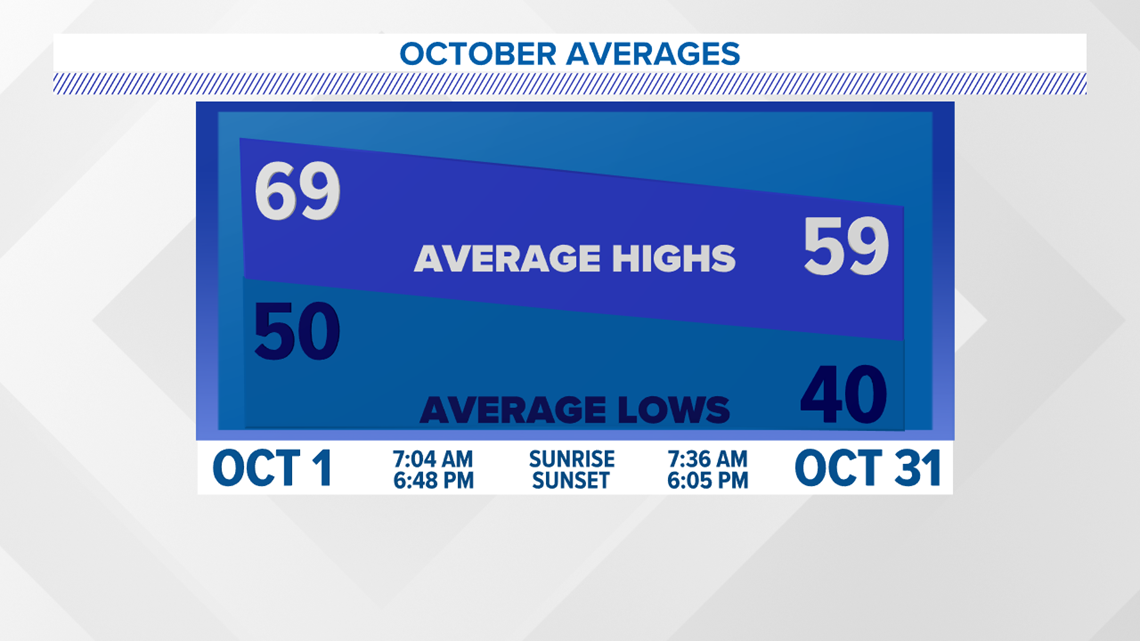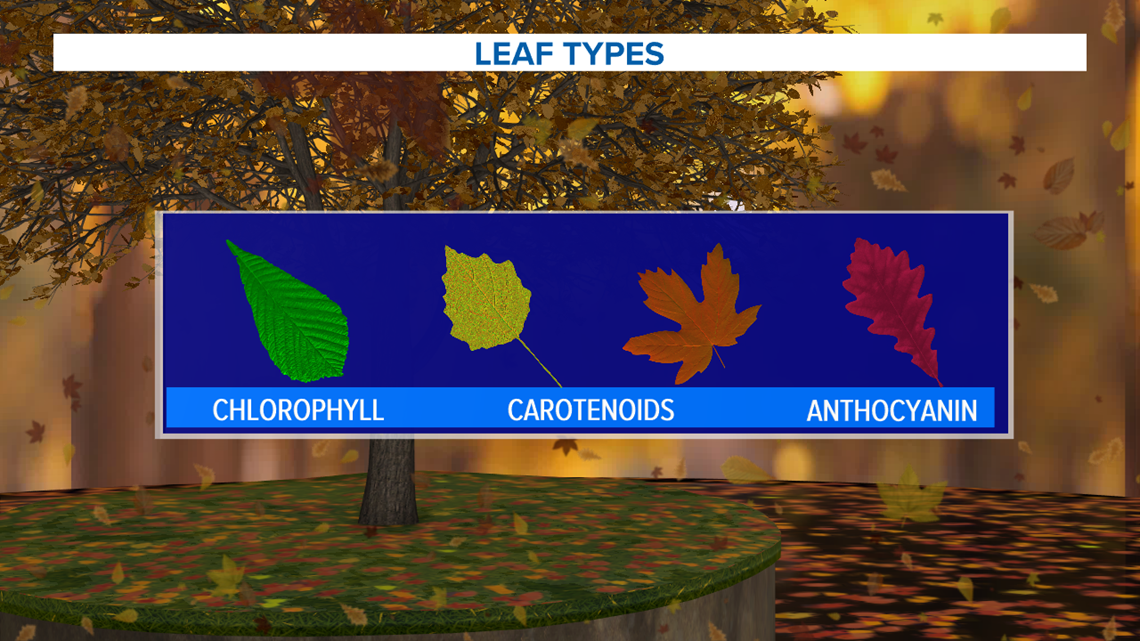October is arguably the most beautiful month on the calendar in Pennsylvania. Leaves change, the air dries out as the temperatures drop, and we take our real first big swing into the holidays.
Really, October changes it all in just about one fell swoop.
It's also peak wildfire season across Pennsylvania.
While October only ranks in the top-third of months for least rainfall, once you factor in moisture from snowfall and calculate the liquid equivalent, October is overall the the driest month of the year more often than not. The National Weather Service in State College says 3.12 inches of precipitation is the number.
Those beautiful leaves we love so much serve as prime fuel for wildfires as they fall, according to the Department of Conservation and Natural Resources. Those drier conditions both in terms of rainfall and humidity at a time when we really ratchet up our bonfires outside in the evenings raise the concern. According to DCNR, 99% of all wildfires are caused by people.


But from the Pennsylvania Grand Canyon up in Tioga County down to the Susquehanna River area in York and Lancaster counties, those leaves sure do provide a beautiful sight.
Fall foliage this year should peak the week of October 18th according to Dr. Christopher Hardy of Millersville University. I spoke to him both this year and last about what causes our leaves to change. Turns out, our extraordinarily wet September won't hurt things at all.


"Dryness is something that stresses plants. Leaves are a big liability when it comes to water loss," Hardy said.


It's more about temperature. During October, our temperatures slide steadily. We've already seen morning lows in the 40s this year, but we're looking for a hard early freeze to accelerate leaf drop and really cut the color change short. Looking ahead in the forecast, we should be just fine.
Our average first frost in Central PA occurs around October 21st, with the exception of Adams, York and Lancaster counties, which occurs, on average, around November 1st.
But what affects the colors you'll see? I spoke with Dr. Hardy about that, too. You can read the full story here. But, here's a bit of a sample.
As far as colors, there are three main classes.


1. Chlorophyll - a byproduct of photosynthesis where the plants create sugar. We got that most of the year for green leaves.
2. Carotenoids - usually covered by the chlorophyll, but these are revealed as sugar production for the trees wane. This is where you see the oranges and yellows.
3. Anthocyanins - reds and violets that are a bit more complicated. Here's what Dr. Hardy had to say about them.
"During the Fall when we have warm, sunny days. The plant is photosynthesizing. At night, when we get those cool temperatures, the veins close up and instead of transporting the sugars through the plant, the sugar gets trapped in the leaf. They get transformed in the anthocyanins," Dr. Hardy said.
You can especially see those in sugar maples, sweet gums and even some oak trees.
And as all things environmental, climate change affects our leaves, too. I'll talk about that in a later blog. For now, enjoy one of the most beautiful times of year! As each days passes now through the end of October, you'll see a different shade, a different color on a different tree just about wherever you go.
Until next time,
-Chief Meteorologist Bradon Long



